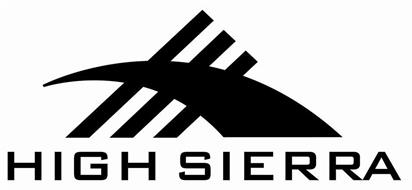
We strongly recommend leaving comments, however comments with abusive words, bullying, personal attacks. Write your thoughts in our old-fashioned comment. What you're seeing is the default GTK theme/engine. Try our new feature and write a detailed review about SymLinker.
SYMLINKER FOR HIGH SIERRA WINDOWS
Why does Inkscape look like a Windows 95 app? Consult the MacPorts documentation for more info. Both things are taken care of for you when using the *.pkg installers. The ability to use pre-compiled packages depends on the default installation path (/opt/local/bin) and MacPorts being configured to use binary packages if available. You can either run /opt/local/bin/inkscape form Terminal, navigate with Finder to /opt/local/bin and double click on inkscape or create a symlink for you own convenience to have it appear in your Applications folder (ln -s /opt/local/bin/inkscape /Applications/Inkscape). Since there is no application bundle you have to launch the main binary directly.
SYMLINKER FOR HIGH SIERRA INSTALL
They install MacPorts into the default location ( /opt/local/bin) and also configure important things like binary repositories so it can use pre-compiled packages and not compile everything itself when you install new software. We strongly encourage installing MacPorts via the binary installers (*.pkg) offered on their website. You are good to go if running gcc -version in Terminal gives some meaningful output. MacPorts requires a working installation of Xcode and its commandline tools, so install this first.

The instructions below are for the X11 build. We suggest sticking with the X11 build for the time being until Inkscape has fully made the transition to go native on macOS. The native Quartz build can potentially be less stable, and less well integrated into the desktop environment (e.g.

Inkscape 0.92.4 is currently available via MacPorts only, both as an X11 build and as a native Quartz build.


 0 kommentar(er)
0 kommentar(er)
